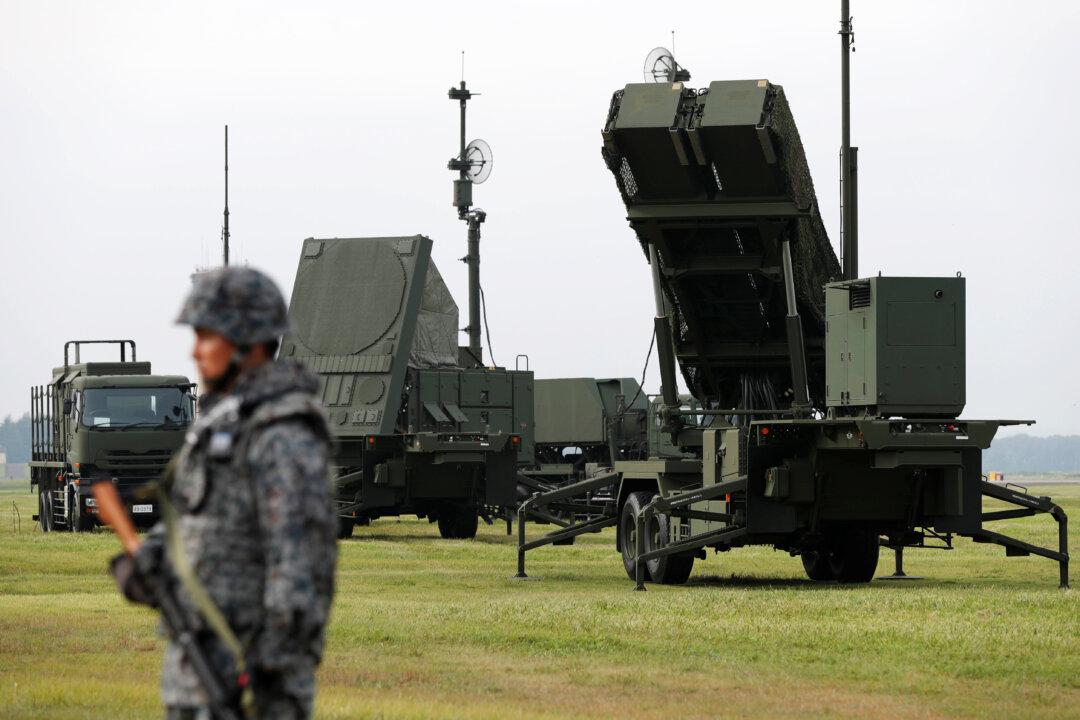Commentary
What’s motivating Japan and Prime Minister Kishida? The People’s Republic of China (PRC). Xi Jinping has succeeded in getting Japan to take its defense seriously—something the Americans never had much success at.

What’s motivating Japan and Prime Minister Kishida? The People’s Republic of China (PRC). Xi Jinping has succeeded in getting Japan to take its defense seriously—something the Americans never had much success at.